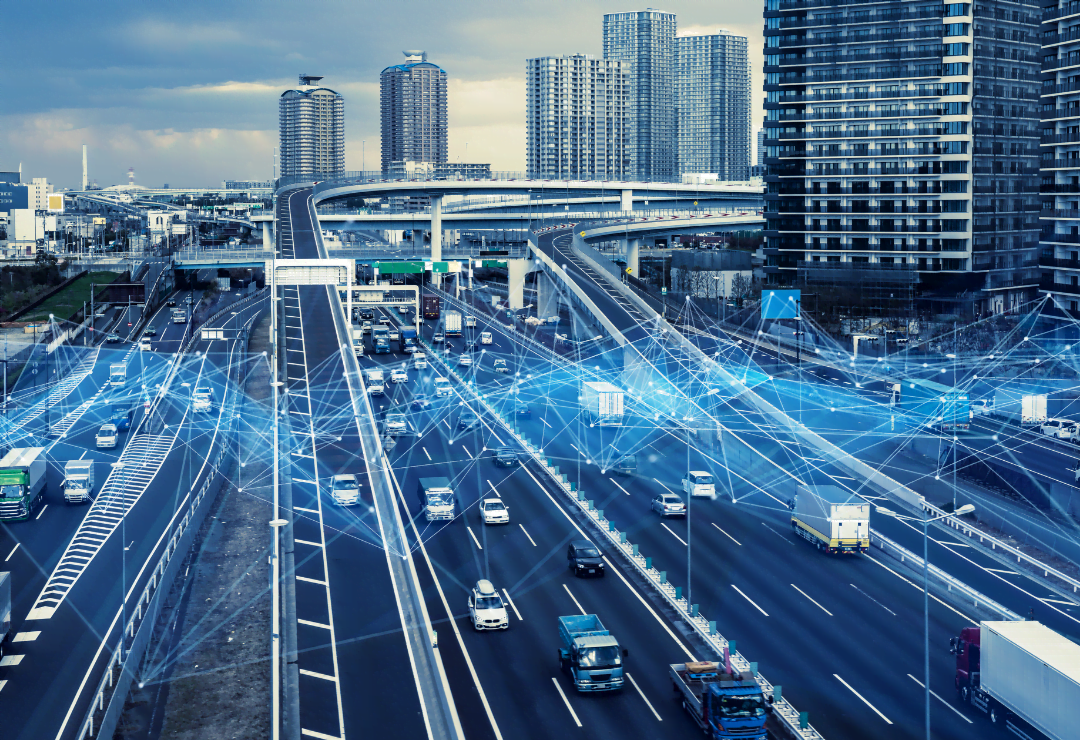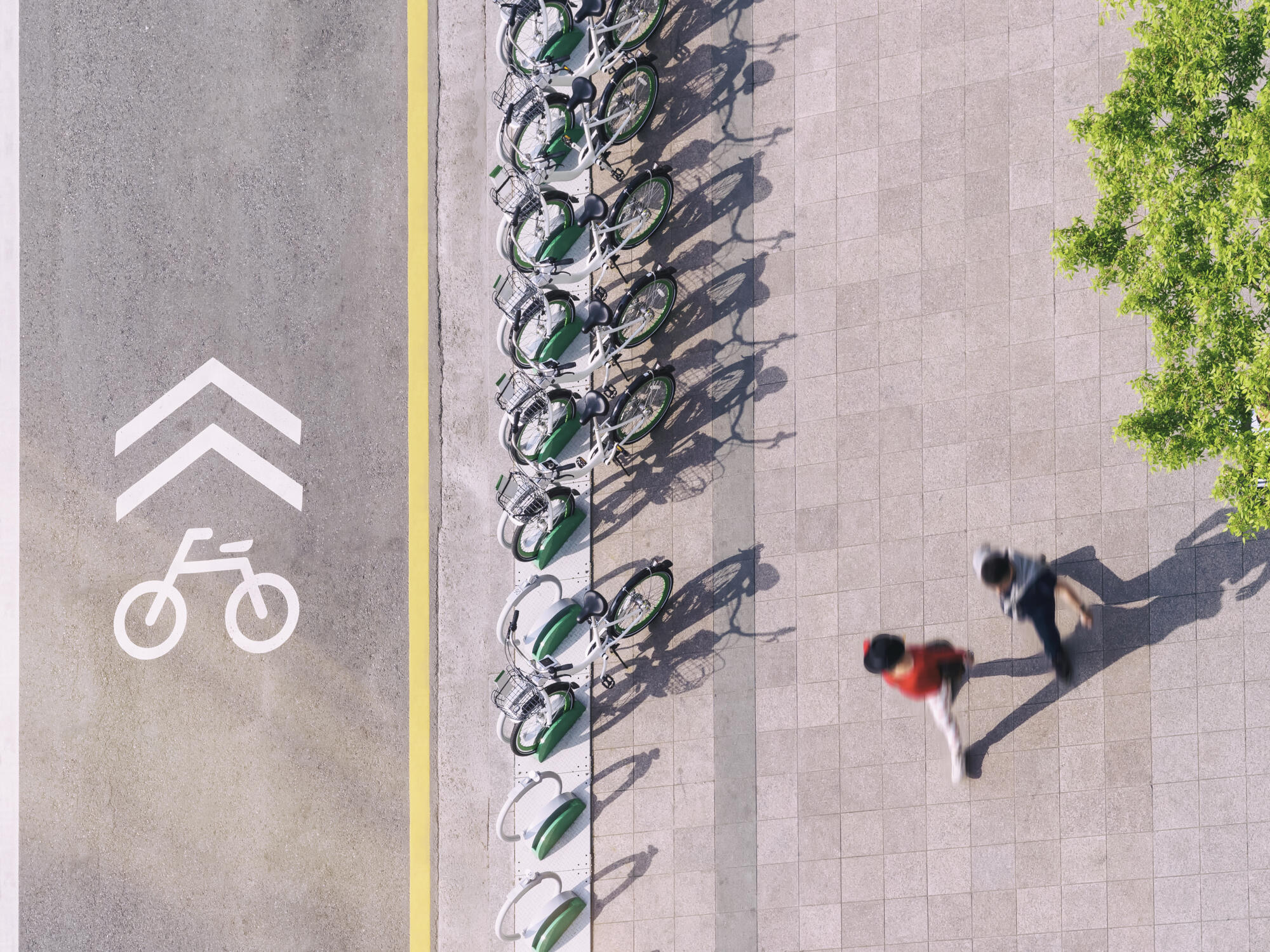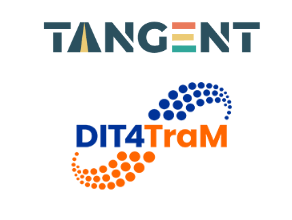Traffic management 101
Traffic management could play a key role to reach climate, social, economic, equity, and safety goals. But it does not really do so – yet.
Firstly, this is because attention in traffic management is mostly put on motorised vehicles (cars, buses, lorries, etc.). Secondly, traffic management is not dealt with by general mobility professionals, often because they do not dare to venture into its technical terminology and complex methods. Traffic management is therefore in the hands of technical experts – who are essential but could benefit from external input. In a nutshell, traffic management is not in line with most European cities’ visions (fewer cars, more public transport, and active mobility). To add to this mismatch, it is often side-lined in general reflections on sustainable mobility.
What exactly is traffic management?
‘Traffic management is the organisation, arrangement, guidance and control of both stationary and moving traffic, including pedestrians, bicyclists and all types of vehicles. It aims to provide for the safe, orderly and efficient movement of persons and goods, and to protect and, where possible, enhance the quality of the local environment on and adjacent to traffic facilities.’
Beyond this traditional definition hides a toolbox of regulations, policies, technologies and measures that are anchored in local, regional and European Union strategies on mobility. Indeed, traffic management can help trigger modal shifts by encouraging or pressuring people to turn to active mobility, public transport or zero/low-emission vehicles by, for example, decreasing speed limits or using data for dynamic management of multimodal traffic as the EU-funded TANGENT project is testing.
Going further, traffic management can support the just transition. On average, high-income households have the biggest rate of car ownership leading them to have an unequally high road transport carbon footprint. Yet, low-income neighbourhoods are disproportionately impacted by high concentrations of health-harming air pollutants caused by vehicle traffic. CurieuzenAir, a citizen-led initiative in Brussels (BE), found that nitrogen dioxide levels were the highest in the capital’s low-income areas. Changing the way we move in cities is critical to ensure a shift of the mobility sector to a more fair, sustainable and just one.
Prioritising cycling through smart traffic lights
You do not become the world’s most bicycle-friendly city by accident. Utrecht (NL) won first place in the 2022 Global Bicycle Cities Index and it is safe to say, the Dutch city knows how traffic management works and how to prioritise active mobility. In fact, 56% of Utrecht residents visit the city centre by bicycle and 94% own at least one bicycle. The city has been testing a smart traffic light technology called Bicycle Peloton Recognition. A measuring system identifies cyclists approaching a traffic light, as well as their number, speed, and direction of travel. It sends the data to an intelligent traffic light controller that gives them priority over motorised vehicles by becoming green sooner or remaining green longer. Rotterdam (NL) is also using similar tools.
Cyclists’ traffic lights stay green longer when it rains, heat sensors detect the number of cyclists, and cycling travel time measurements are used to create real-life cycling traffic information and suggest alternative routes via a bicycle VMS (Vendor Management System).
Cyclists’ priority at traffic lights is supporting modal shifts towards active mobility, but technology alone is not enough – it is the cherry on the cake. It comes after years of change, such as the creation of extensive cycling lanes and the removal of space allocated to private cars, as well as robust political commitments, long-term strategic planning like Sustainable Urban Mobility Plans, inclusive mobility interventions, stakeholder engagements, and more.
Similar technologies exist to prioritise other forms of mobility at traffic lights – something that is currently explored by the EU-funded project DIT4TraM, which investigates decentralised bottom-up methodologies to regulate traffic through swarm intelligence. In Bordeaux, France, it is looking at ways cyclists and shared cars could negotiate priority at intersections.

Cyclist at an intersection.
Credit: Shutterstock
Combining traffic regulations and enforcement: geofencing and public transport
 Geofencing is the new buzzword in the mobility and traffic management sectors. The concept is simple: it is ‘a virtual perimeter for an actual geographic area inside which digital traffic regulations can be applied’. In other words, when a vehicle enters a delimited zone, either information is transmitted to the driver through an in-vehicle notification or acts directly on the driving task, for example by automatically reducing its speed.
Geofencing is the new buzzword in the mobility and traffic management sectors. The concept is simple: it is ‘a virtual perimeter for an actual geographic area inside which digital traffic regulations can be applied’. In other words, when a vehicle enters a delimited zone, either information is transmitted to the driver through an in-vehicle notification or acts directly on the driving task, for example by automatically reducing its speed.
Although still a very innovative technology, European cities have already put geofencing to the test due to its promising applications in emission and speed reduction. Geofencing is not truly part of traffic management in its traditional definition, but it does offer unique solutions to enforce and reimagine it.
In Sweden, the city of Gothenburg is undertaking a one-of-a-kind project. Through the ElectriCity project, it has been testing geofencing technologies on two bus lines which use electric and hybrid vehicles. When the buses enter certain urban areas where there are many pedestrians and cyclists, their speed limit is automatically limited and, if they are hybrid, they switch to a fully electric mode, thus reducing noise and air pollution, improving traffic safety, and increasing transport efficiency. Surprisingly, the geofencing technology is accepted and appreciated by most stakeholders, including passengers, drivers, fleet owners and vehicle manufacturers.
With the multiplication of urban vehicle access regulations in European cities, geofencing could be a beneficial and affordable solution to enforce and regulate these. However, there are still open questions regarding information sharing and standardisation. The European Union has not directly regulated geofencing in the transport sector – there are grey zones on the standards for the fitting of equipment, data protection, access and transfer, and cybersecurity concerns.
Geofencing also requires that regulations are digitalised and that data-sharing protocols exist. Yet, the opportunities for UVARs – including ISA, ZEZ, dynamic congestion charging, and dynamic geofenced zones – are already being explored with, for example, the EU-funded ReVeAL project, which looked at how UVARs and geofencing can work together.
Reflections
Although this article focused on two modes of transport - namely cycling and public transport – traffic management needs to focus on connecting the entire urban mobility system. Multi-modality should be at its heart by integrating together different modes of transport.
In urban areas, jumping from a bus onto a bicycle, or from a train to walking should be made easy, easier than using a car. If traffic management can help enable this, it can transform our urban mobility systems into sustainable ones.

Geofencing, traffic control systems, and Mobility as a Service can intertwine to support public transport.
Credit: Shutterstock
Click here to read the article in its original format.
About the authors
Juliette Thijs is a Project Officer at POLIS. She supports EU-funded projects on urban vehicle access regulations, connected and automated transport systems, multimodal traffic data processing techniques, smart charging networks, and sustainable urban logistics solutions.
Dagmara Wrzesińska is a Project Manager at POLIS. She is involved in EU-funded projects related to urban freight (LEAD) and multimodal transport (TANGENT). She also supports other projects and working groups in the field of shared mobility, road safety, and micromobility.
 Bicycle transport in Utrecht (NL).
Credit: Anton Havelaar / Shutterstock
Bicycle transport in Utrecht (NL).
Credit: Anton Havelaar / Shutterstock
